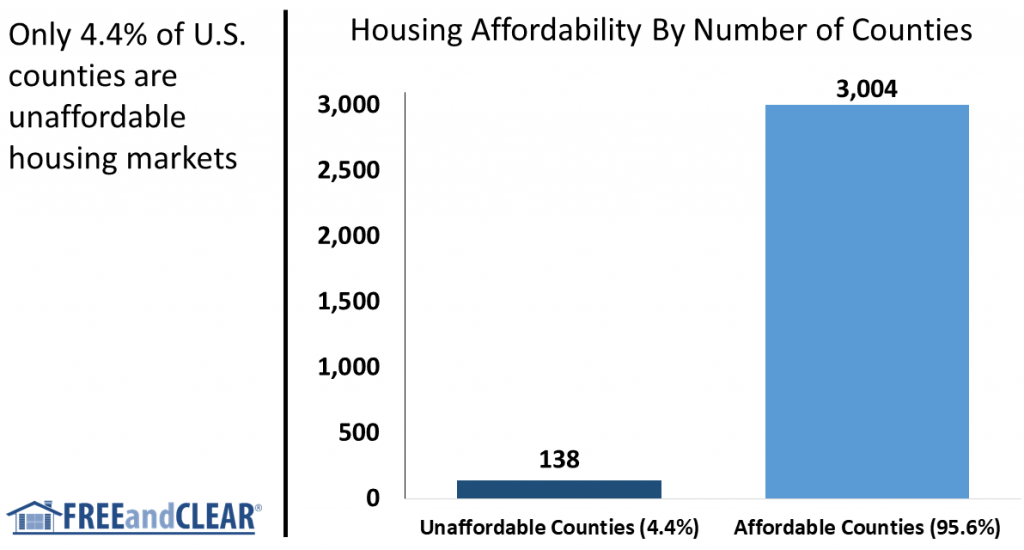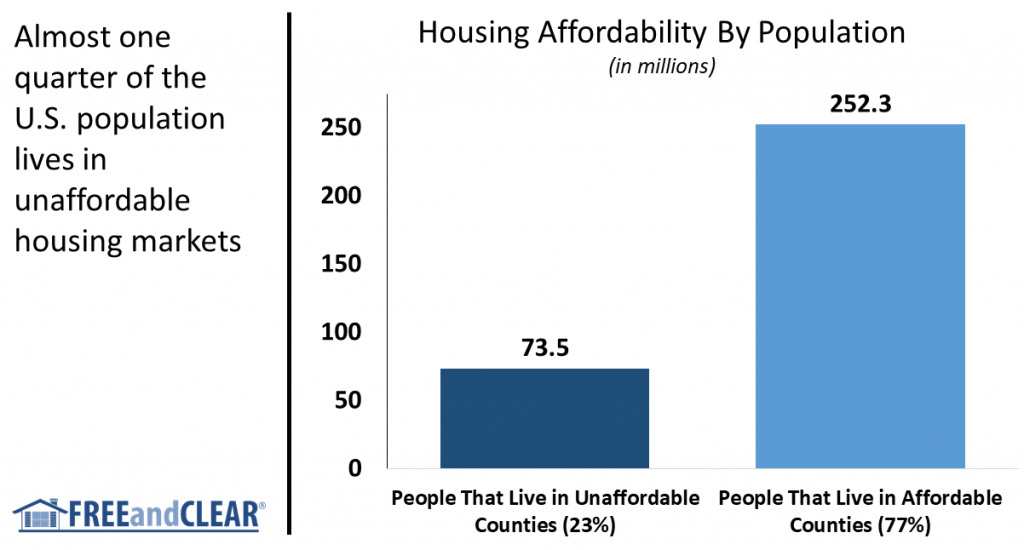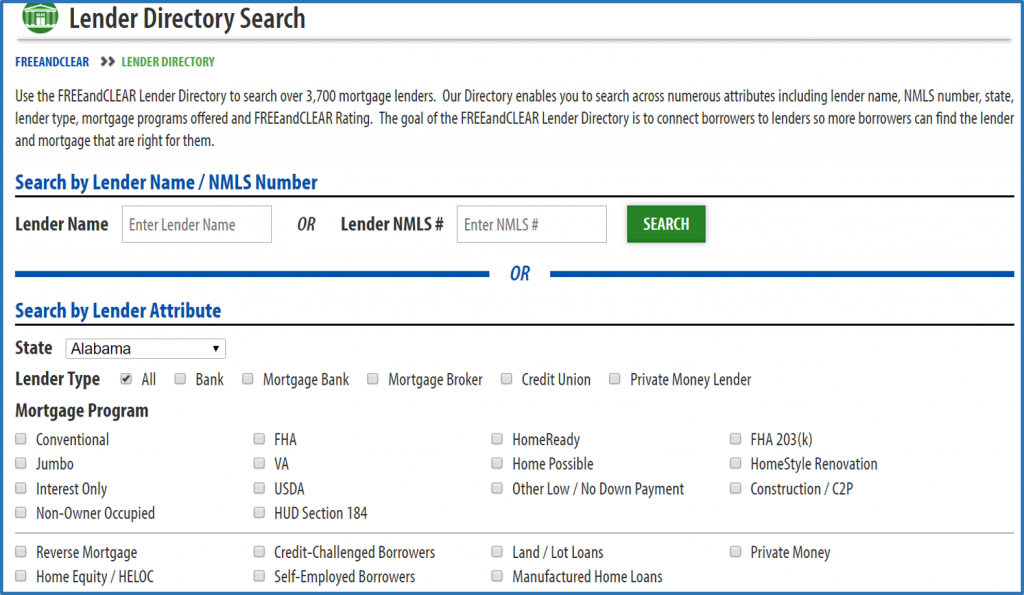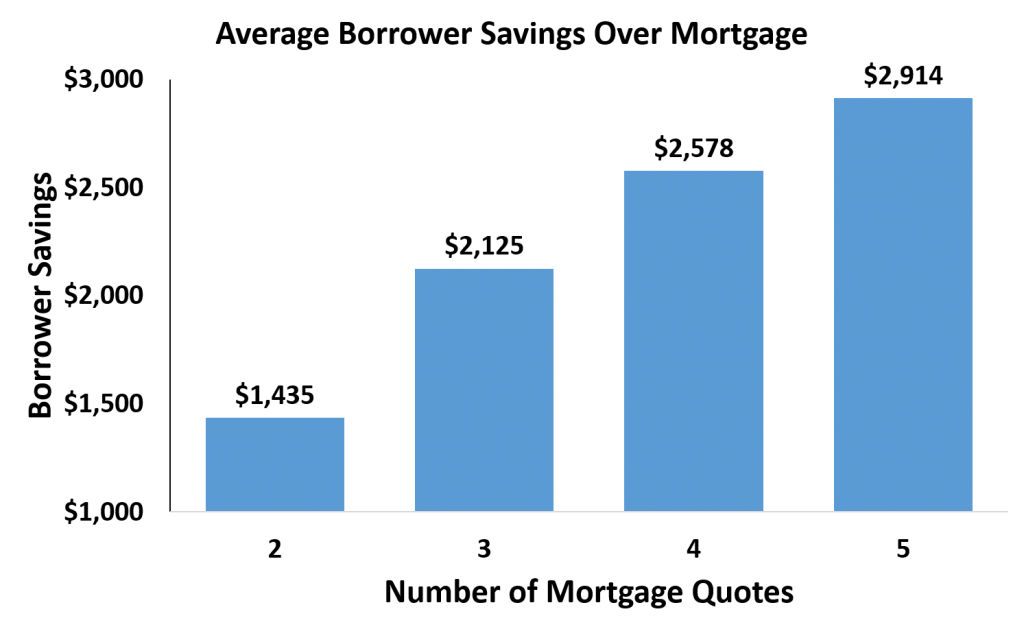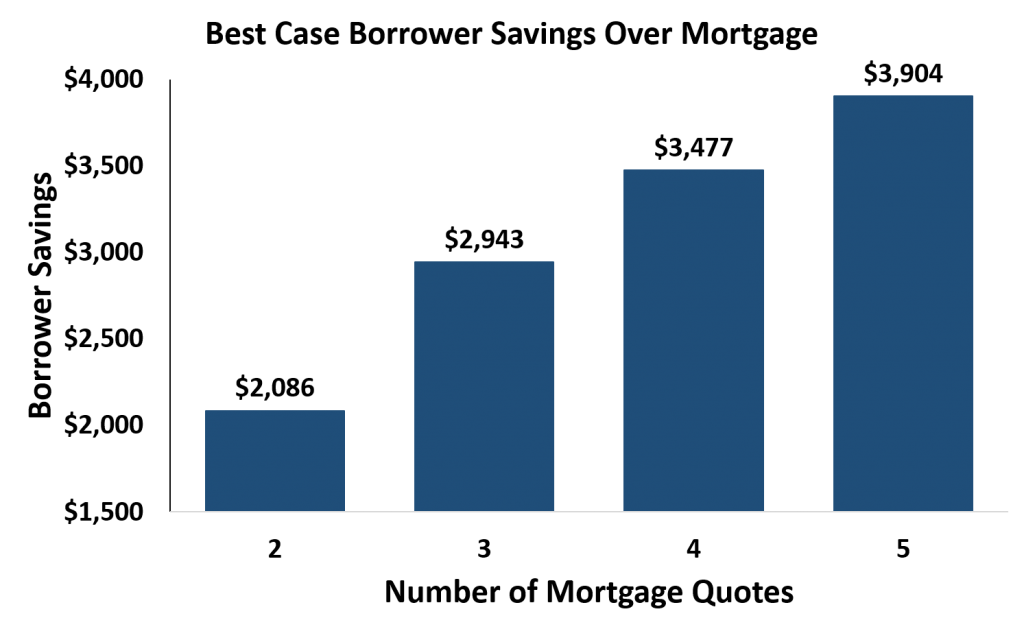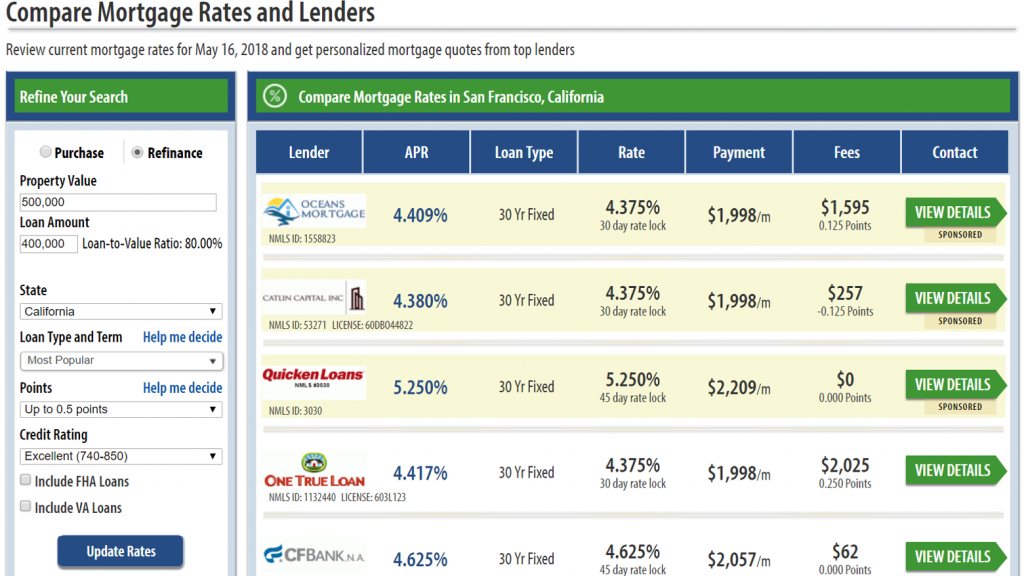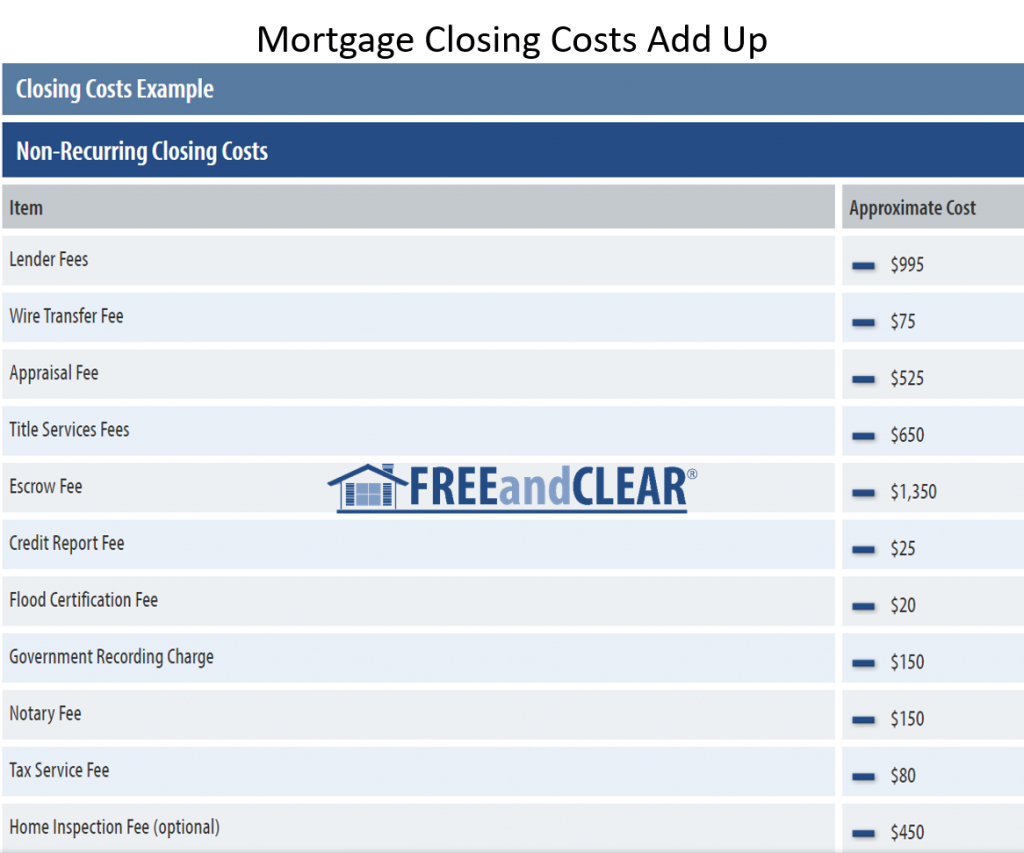Fannie Mae and Freddie Mac, the organizations that own the majority of mortgages in the United States and set mortgage industry guidelines that most lenders follow, announced a number of assistance measures for borrowers negatively impacted by the COVID-19 crisis. A similar set of policies apply to FHA, VA and USDA loans and many national and regional lenders have adopted their own mortgage assistance programs.
If you have experienced a job loss, layoff or pay reduction due to the current health crisis and are struggling to pay your mortgage, these programs may offer financial relief and help you stay in your home.
The response to COVID-19 by regulators, agencies and certain lenders represents a stark contrast to the Great Recession, which saw millions of borrowers lose their homes to foreclosure. The initiatives outlined below are all designed to help keep people in their home. Plus, these programs are free and borrowers are not charged any fees, penalties or additional interest in most cases.
Below, we summarize the homeowner relief programs Fannie Mae, Freddie Mac, the FHA, VA, USDA and other lenders are offering and answer key questions you may have.
Overview of COVID-19 Mortgage Assistance Options
- Foreclosures and mortgage default-related evictions are suspended as of March 13, 2020 for Fannie Mae and Freddie Mac-owned loans, as of March 18, 2020 for FHA loans and as of March 19 for USDA loans. The foreclosure moratorium has been extended multiple times due to the pandemic and now runs through July 31, 2021.
This means that you have a reprieve if you are at risk of losing your home due to foreclosure for any reason. Please note that this guideline may not apply to vacant or abandoned properties.
- Borrowers financially affected by COVID-19 are eligible for mortgage forbearance for up to 18 months. The maximum forbearance period was originally 12 months but was extended to 18 months in June 2021.
Forbearance means that your mortgage payments are suspended or in some cases reduced, although interest may continue to accrue on your loan, so you should confirm this point with Fannie Mae, Freddie Mac, the FHA, VA, USDA or your mortgage servicer. Borrowers that participate in a forbearance program are not subject to late fees or penalties and any missed or late payments are not reported to the credit bureaus so your credit score should not be negatively affected.
We should highlight that in most cases you are not required to repay the amount of the forbearance in a lump sum when you resume your mortgage payments. Below we review your options for repaying the missed payments including adding the deferred payments to your mortgage balance, modifying or extending your loan or setting up a repayment plan. We recommend that you work with your servicer to confirm the terms and details of the forbearance and the repayment program.
- More flexible mortgage payment deferral program following the forbearance. This program currently applies to FHA, VA and USDA mortgages and loans owned by Fannie Mae and Freddie Mac. Mortgages that do not fall into these categories may be eligible for similar programs. We recommend that you contact your lender to learn more about available assistance options.
If your mortgage was in forbearance due to COVID-19 financial challenges, but you recover financially and are able to make your payments in the future, your missed principal and interest payments may be deferred and added to your loan amount if you are not able to bring your mortgage current.
This means you are not required to make a lump sum payment when you resume your mortgage payments. You are usually required to bring your mortgage current before your lender accepts your payments again, which may not be possible if you have limited funds due to a financial hardship.
The best way to demonstrate how this program works is with an example. Let’s say your loan was in forbearance and you miss your mortgage payments for three months due to a layoff or job loss but then you return work. You may be able to afford your monthly mortgage payment again but you may not be able to afford to bring your loan current by paying the three months worth of past due interest and principal.
In this case, the missed payments are deferred and added to your mortgage balance. From a technical standpoint, the amount of the deferred payments become a subordinated loan — also known as a partial claim — that does not need to be repaid until you pay off your mortgage . You do not pay any interest on the payment deferral / subordinated loan and you should not be charged any late fees or penalties to participate in the program.
To be eligible for this specific mortgage payment deferral program you must make your full monthly payment in the month you apply for the deferral. Additionally, you must have been current or less than 31 days delinquent on your loan as of March 1, 2020. There are additional guidelines you must meet to qualify so it is important to review program terms with Fannie Mae or Freddie Mac and your mortgage servicer.
Please note that if your loan is owned or secured by Fannie Mae or Freddie Mac, your mortgage servicer may receive $500 and be reimbursed for certain transaction costs so they are incentivized to help you with the payment deferral.
- At the end of the forbearance plan, you may also be eligible for a loan modification that adds the missed monthly payments to the end of your mortgage or reduces your ongoing monthly payment.
A loan modification is a permanent change in your mortgage terms designed to make your loan — plus your property tax, homeowners insurance and other housing-related expenses — more affordable. Fannie Mae, Freddie Mac, the FHA, VA and USDA have guidelines in place to ensure that the modification is sustainable and reflects your financial situation at that time.
If the payments you missed due to forbearance are added to the end of your loan, this modification effectively extends the length of your mortgage. So if you have a 30 year loan and your mortgage was in forbearance for a year, the twelve missed monthly payments are added to the end of your loan and you now have a 31 year mortgage.
If you cannot afford your payment after the forbearance period, you may also be able to modify your loan to reduce your monthly payment. Please note that to be eligible for most COVID-19 related loan modifications, you must have been current or less than 31 days delinquent on your mortgage as of March 1, 2020.
In July 2021, the FHA announced a new loan modification program for borrowers who cannot afford their monthly mortgage payment when their forbearance plan ends. This program enables eligible borrowers to extend their current mortgage to a maximum of 360 months (30 years) with a fixed interest rate.
For example, if you are ten years into your current 30 year mortgage — which means you have 20 years remaining — you can modify your FHA loan so you have 30 years to pay it off. Extending the length of your loan reduces your monthly payment, making your mortgage more affordable. If you have an FHA mortgage we recommend that you contact your lender to learn more about the loan modification program.
- For borrowers whose mortgage is owned by Fannie Mae, access to its Disaster Response Network.
You can use this Fannie Mae service to understand your mortgage assistance options and to work with a HUD-approved counselor to develop a plan tailored to your individual needs. The Disaster Response Network can also help you communicate with your mortgage servicer — the company you make your mortgage payments to — and other third parties including homeowners insurance companies. You can contact the Fannie Mae Disaster response network by calling 1-877-542-9723.
We also want to highlight that in many cases you are not required to document the COVID-19 financial hardship that you are experiencing. This removes a potential obstacle and makes it easier to qualify for these programs.
Additionally, these mortgage assistance options are applicable to primary and second homes as well as one-to-four unit investment properties.
How do I determine if I am eligible for the mortgage assistance outlined above?
To be eligible for these specific assistance measures, you need to have an FHA, VA or USDA loan or your mortgage needs to be owned or secured by Fannie Mae or Freddie Mac, as specified above. Keep in mind that even if Fannie Mae or Freddie Mac own or secure your loan, you usually make your monthly payment to a different company, called a mortgage servicer. You can use the resources below to determine if Fannie Mae or Freddie Mac own your mortgage.
Although you usually need to work directly with your servicer to implement changes to your mortgage — which means it is usually a good idea to call them first — you can also contact Fannie Mae or Freddie Mac to learn more about programs that may be applicable to you. They can help you understand the resources available to you, navigate mortgage assistance options and explain how to work with your servicer. We have provided contact information for these organizations below.
Fannie Mae
1-800-232-6643
Fannie Mae COVID-19 Response Website
Freddie Mac
1-800-373-3343
Freddie Mac COVID-19 Response Website
If you have an FHA, VA or USDA loan, your first step is also to contact your lender or mortgage servicer. You can also contact the FHA or USDA with any questions or if your lender is not aware of the assistance programs that are available.
FHA
877-234-2717
VA
800-827-1000
USDA
800-414-1226
USDA Rural Development Website
What should I do if I am impacted by COVID-19 and my mortgage is not owned by Fannie Mae or Freddie Mac or I do not have an FHA, VA or USDA loan?
In this case, your first step should be to call your mortgage servicer — the company you make your payment to. Even if your loan is not covered by the guidelines outlined above, your lender should be willing to work with you to develop a solution that keeps you in your home.
During this unprecedented time of uncertainty we are seeing many companies do the right thing even if they are not legally obligated to do so. For example, Bank of America, Chase, Citibank, U.S. Bank, Wells Fargo and approximately 200 other banks and credit unions announced penalty-free payment deferral programs for up to 90 days for borrowers negatively affected by COVID-19.
It is important to carefully understand the terms of any mortgage assistance program before you enter into it. Some programs are non-interest bearing but you should confirm the terms with your servicer.
Additionally, with some payment deferral programs offered by private lenders you are required to bring your mortgage current by paying any past-due principal, interest and fees before you can resume your payments. This may be challenging if you miss three months of payments and you are struggling to catch up financially.
Servicers are overwhelmed with calls from distressed borrowers and it may take some time to actually speak with someone so you may need to be extra persistent. Also, not all servicers are aware of the programs they should be offering homeowners so it is important to be informed and know your options. If you believe you are eligible for mortgage relief do not take no for an answer.
What if my mortgage lender or servicer is not helpful?
If your lender is not cooperative and you are falling behind on your mortgage, we recommend that you review the resources available through HUD’s Making Home Affordable Program. HUD offers counseling and foreclosure prevention services to help borrowers who are struggling to pay their mortgage.
If you believe your lender is acting in bad faith or denying you assistance you are entitled to, we encourage you to contact the Consumer Financial Protection Bureau (CFPB). In some cases, filing a complaint can motive a lender to do the right thing. The CFPB may also be able to provide more information about your rights as a borrower and homeowner.
We also provide a link below to multiple refinance assistance programs that may be helpful to you. This list includes several conventional and government-backed refinance programs so you can review a wide range of financing options.
Don’t get taken advantage of
The final point we want to reiterate is that all of the programs listed above are available to borrowers at no cost. If someone attempts to charge you to provide access to these programs or to defer or modify your loan, this is a scam. Some people try to exploit vulnerable borrowers during trying times but you can avoid this outcome if you are informed and know your options.
In closing, we recognize that these are challenging times, especially if you are experiencing financial adversity and cannot pay your mortgage. It is important to know that if you are struggling financially due to COVID-19, there are multiple assistance options to help you stay in your home.
We will continue to update this post as more information becomes available. We hope this article is a helpful resource but please do not hesitate to contact FREEandCLEAR with any mortgage-related questions during this time.
1-800-822-0138
Thank you,
The FREEandCLEAR Team
About FREEandCLEAR
FREEandCLEAR is a leading mortgage website that empowers people to find the mortgage that is right for them. Developed by a father and son team, FREEandCLEAR offers free tools and resources that enable borrowers to make more informed decisions and save money when they get a mortgage.
Sources
“Fannie Mae Assistance Options for Homeowners Impacted by COVID-19.” Know Your Options. Fannie Mae, March 18 2020. Web.
“Our COVID–19 Response.” My Home by Freddie Mac. Freddie Mac, March 18 2020. Web.
“Payment Deferral.” Lender Letter (LL-2020-05). Fannie Mae, March 25 2020. Web.
“HUD Provides Immediate Relief For Homeowners Amid Nationwide Coronavirus Response.” HUD No. 20-042. U.S. Department of Housing and Urban Development, March 18 2020. Web.
“USDA Implements Immediate Measures to Help Rural Residents, Businesses and Communities Affected by COVID-19.” USDA Rural Development. U.S. Department of Agriculture, March 25 2020. Web.
“Lump Sum Repayment is Not Required in Forbearance.” My Home by Freddie Mac. Freddie Mac, April 27 2020. Web.
“Federal Housing Administration Announces Additional Covid-19 Recovery Options For Homeowners.” HUD No. 21-115. U.S. Department of Housing and Urban Development, July 23 2020. Web.
